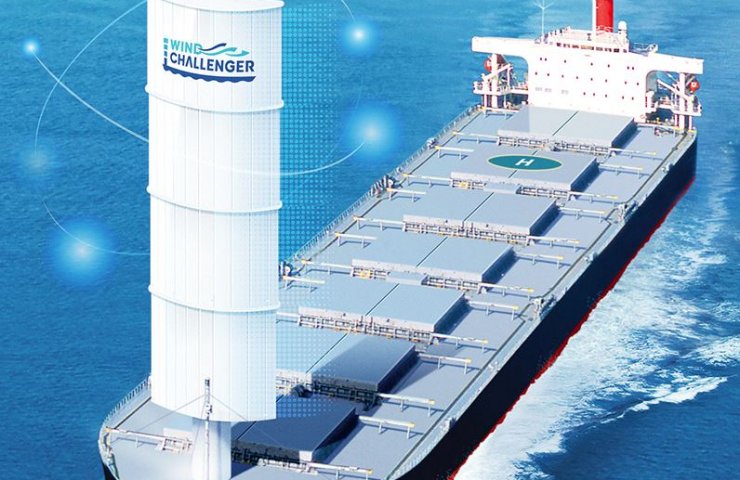One of the largest steel producers in the world, Tata Steel has signed a memorandum of understanding with Mitsui OSK Lines (MOL), a global maritime transport group, to “deploy environmentally friendly shipping solutions” for metallurgical raw materials by sea. About this reported to Tata Steel's press office on Tuesday.
“The purpose of the agreement is to reduce greenhouse gas emissions during the sea transportation of raw materials for steel production. Initially, the partnership will examine the environmental benefits as well as the commercial and operational feasibility of various technologies. The partnership will include Wind Challenger sailing technology that will cut emissions by harnessing wind power. MOL is exploring this technology with cross-industry partners and the first vessel equipped with Wind Challenger is slated to enter service in 2022, ”said Piyush Gupta, Vice President of Supply Chain at Tata Steel.
Wind Challenger technology uses wind power, considered renewable green energy, as the propulsion for a sailboat. While modern large commercial vessels rely almost exclusively on fossil fuels for propulsion, Wind Challenger adds wind power directly to its propulsion to reduce fossil fuel consumption without changing vessel speed. By installing and effectively using the sail, that is, the traditional sailing vessel technique, and maximizing it through the use of the latest technologies, the developers are achieving fuel savings on a large cargo ship and a significant reduction in greenhouse gas emissions.
It is proposed to use fiberglass reinforced plastic (GFRP) as the sail material. This allowed the sail to be enlarged in order to maximize the propelling force it generated. This also minimized its impact on the balance of the vessel, which significantly increased operational safety. Wind Challenger has automated sail control so that any crew member can easily make the most of the wind. The sail determines the speed and direction of the wind with sensors. The sail lengthens when the wind is light and contracts when the wind is strong. The sail also automatically turns leeward.
The Tata Steel Group is one of the world's leading steel companies with an annual crude steel production capacity of 34 million tonnes per year. It is one of the most geographically diversified steel producers in the world, with operations and commercial presence worldwide. Consolidated Group turnover for the financial year ended March 31, 2021 was USD 21.06 billion. The company employs over 65,000 people.




